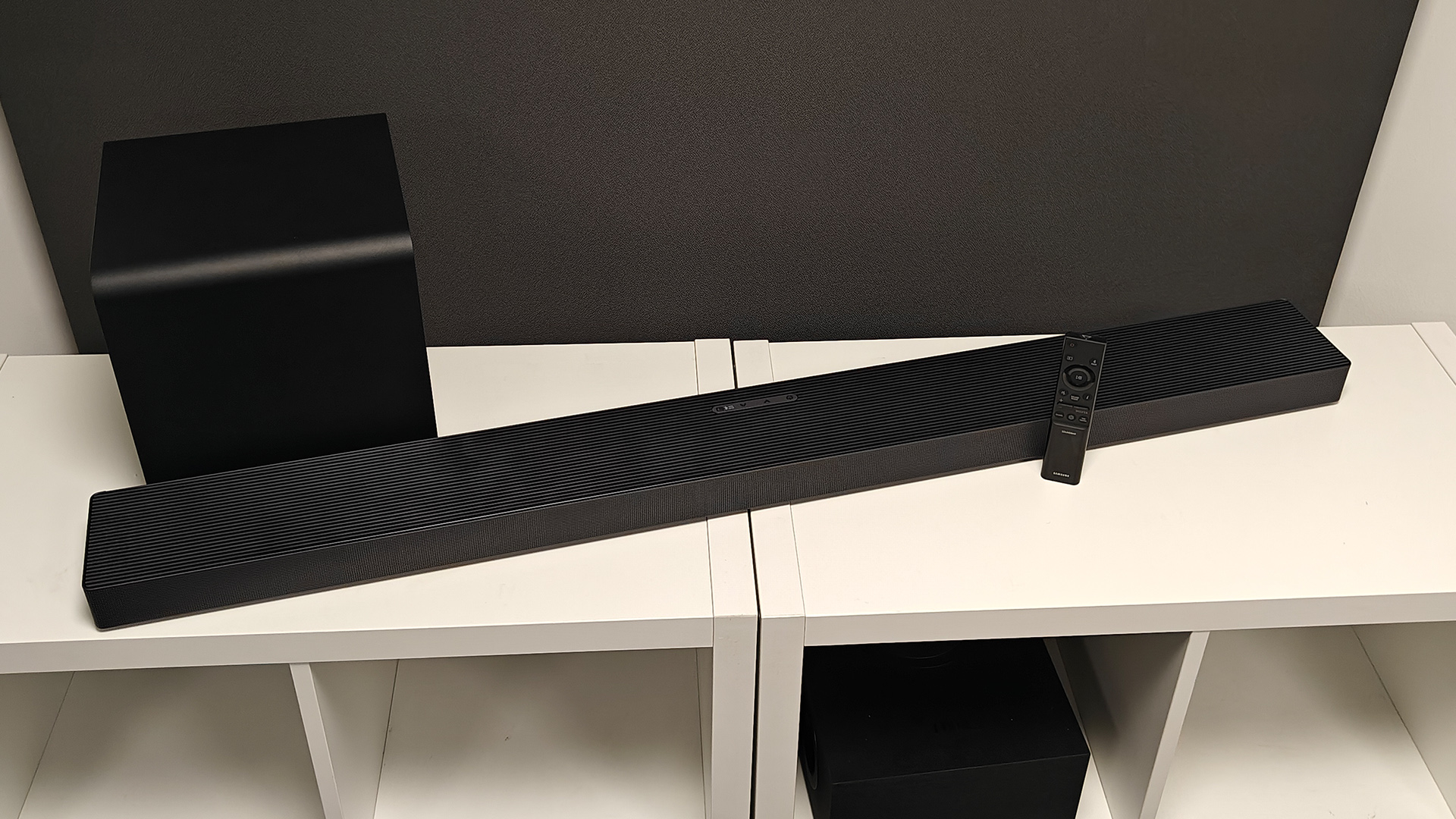What Hi-Fi? Verdict
While the 65X95J truly shines at times, and is a strong option for bright rooms, its backlight precision could be better
Pros
- +
Bright and colourful pictures
- +
Impressive image processing
- +
Good sound quality
Cons
- -
Significant backlight blooming
- -
Limited viewing angles
- -
Still waiting for VRR
Why you can trust What Hi-Fi?
Previous experience of Sony’s apparent – and actually pretty logical – philosophy of pushing LCD for brightness and OLED for contrast dictates that we should see its flagship 4K LCD TV, the XR-65X95J, positively radiating light, like some sort of home entertainment sun. And if it does, that’s fine by us. After all, if you can’t achieve the black levels that OLED technology can, then you might as well cane it with what you can do that OLED can’t.
This ‘all in’ approach to brightness has certainly served Sony nicely with previous premium LCD generations – and more recently with the brand’s step-down X90J range. So we can’t help but feel excited about what the X95J might do given that it boasts an even more premium LCD panel set up than those X90J heroes.
The only niggle in the back of our mind is that while the X95J’s backlight supports local dimming to enhance contrast, it doesn’t have the Mini LED-driven local dimming now sported by one or two close LCD rivals…
Price
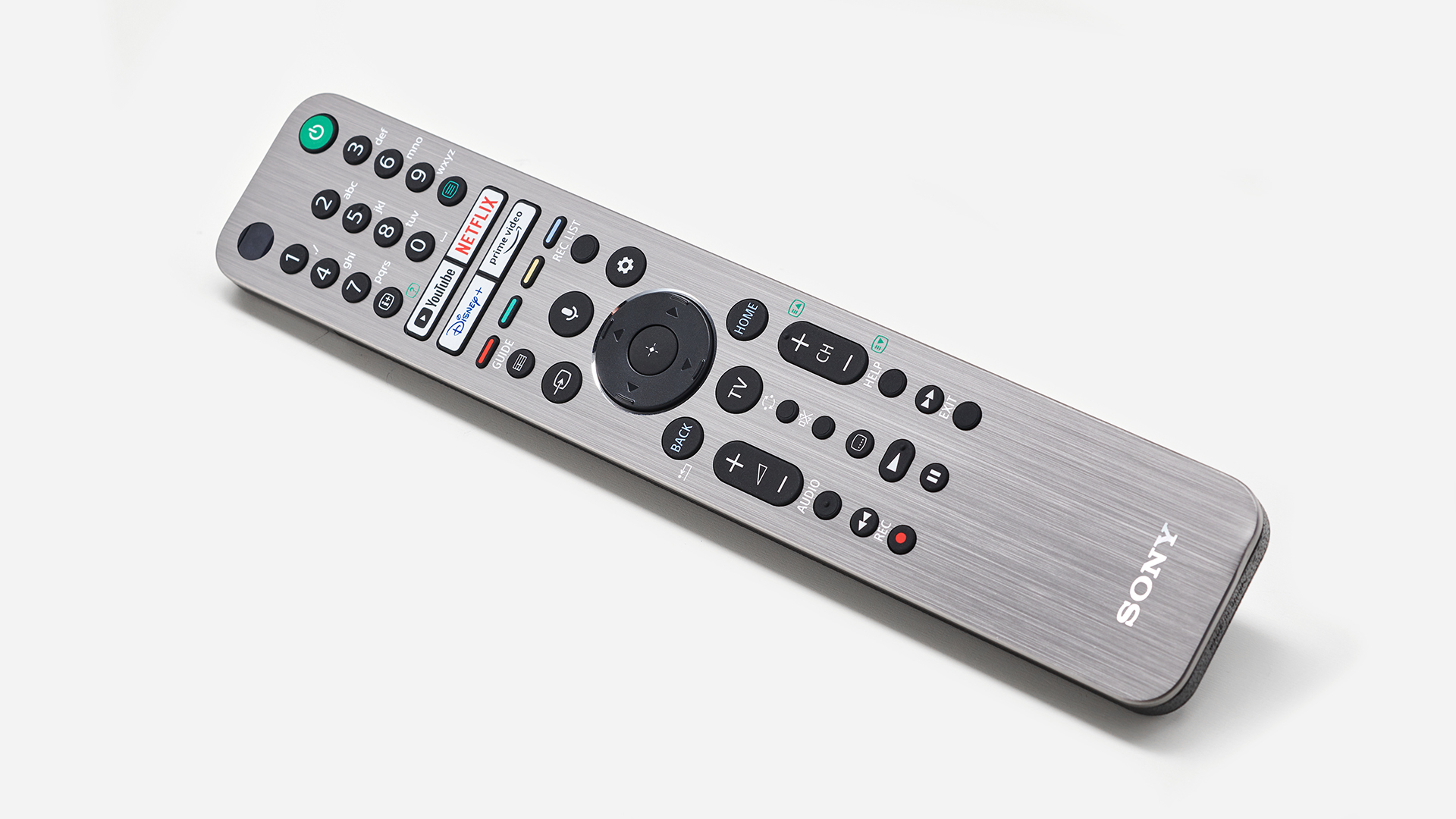
At £1799 / $2000 / AU$3799, the XR-65X95J isn’t excessively expensive for a flagship LCD TV. The price is basically directly comparable, for instance, with that of LG’s mid-range OLED65C1 OLED TV, and Samsung’s premium QE65QN94A. Both of those similarly priced rivals are pretty immense performers in their different ways, though, so Sony’s contender is going to have to be right at the top of its game to stay competitive.
The XR-65X95J chiefly justifies its (current) £600 / $700 / AU$1600 price hike over its step-down (and impressive) sibling, the XR-65X90J, by boasting an enhanced backlight lighting system, a sleeker design, a premium backlit remote control, and a substantially more powerful take on Sony’s Acoustic Multi-Audio technology.
Design

So long as you’re looking at it head on, the Sony XR-65X95J looks supremely elegant in a slinky, laid back kind of way. Its bezel is narrow, and the way its opulent and minimalistic metal feet can be attached right at the very corners of the bottom edge ensures that there’s really as little as possible around the screen to either dominate your room or distract you from what you’re watching.
What’s more, Sony has cleverly provided the option via simple alternative mounting points to position the desktop feet so that they lift the screen up a bit, to make room for a soundbar should you decide that the set’s potent built-in sound system isn’t sufficient for you.
The latest hi-fi, home cinema and tech news, reviews, buying advice and deals, direct to your inbox.
The X95J’s head-on presence is on-trend slim, though its rear end sticks out way further than most. This isn’t a big deal for us given that TVs are made to be watched from the front, and that the bigger rear may be associated with the set’s use of a direct rather than edge LED lighting system. It could be something to think about, though, if you’re determined to hang your next TV on the wall.
The XR-65X95J is supplied with an impressively premium remote control, complete with cool metallic finish and tasteful button backlighting.
Features

The X95J uses a VA-type LCD panel lit by a direct LED lighting system. There’s local dimming, too, where different zones of the backlight can output different light levels at any given moment to boost picture quality – especially contrast. There only appear to be around 60 dimming zones, though, versus nearly 800 in the aforementioned Samsung QN94A.
This pretty extreme dimming zone difference is explained in part by the fact that, unlike its Samsung rival, the X95J doesn’t use Mini LED lighting. How much this might hurt its chances will play a key part in our tests.
Processing in the XR-65X95J comes courtesy of Sony’s new Cognitive XR Processor. At the core of this system is a desire to make images on the screen look more like the real world as your eye perceives it. This sounds simple enough on paper, but achieving it requires – according to Sony – in-depth analysis of hundreds of thousands of elements in incoming images in real time, carefully looking for the most important parts of a picture and subtly adjusting everything from local sharpness and contrast to colour tones, motion clarity and noise reduction to get all the right emphases in all the right places.
So you find the X95J sporting XR Colour to, it’s claimed, deliver a wider colour gamut and subtler tones. There’s XR Triluminos Pro, working to deliver colours that your eye perceives as more beautiful. Then there’s the cryptically named XR Contrast Booster 10, which builds on the XR Contrast Booster 5 system used in the X90J range by introducing superior use of local dimming to enhance contrast.
An XR HDR Remaster is on hand to convert SDR sources to HDR. XR 4K Upscaling works to turn HD sources into 4K with more naturalistic results. XR Clarity… well, you get the idea. Basically there’s a whole lot of XRing going on.
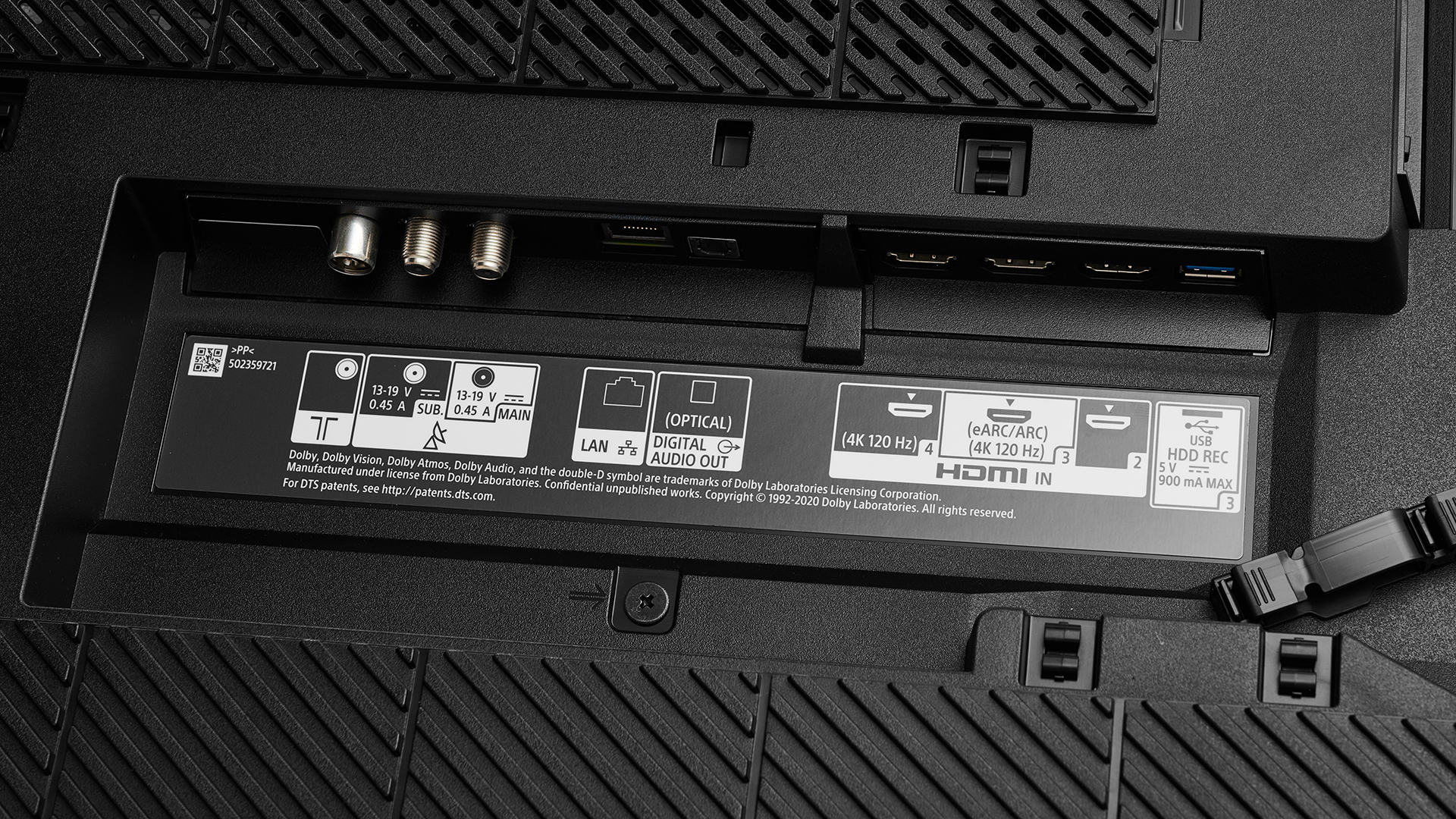
Having been rather off the pace with its TVs for a couple of years when it comes to the latest gaming features, it’s a relief to find Sony equipping the XR-65X95J with two HDMI ports capable of handling 4K at 120Hz feeds from the PS5, Xbox Series X and top-end PC graphics cards. It’s a bit frustrating, though, that even Sony’s flagship LCD TV still hasn’t received a long-promised firmware update that would bring support for variable refresh rates.
The XR-65X95J has 17.4ms of input lag when in Game mode. This is slightly longer than the 9-12ms figures turning up elsewhere in the mid-range and high-end TV world now, but in truth it’s low enough to leave your gaming skills largely unaffected.
As usual with Sony TVs, the X95J’s HDR support covers the core HDR10 format, the live broadcast/stream-friendly HLG format, and the premium Dolby Vision format. There continues to be no love for the HDR10+ format, unfortunately – though HDR10+ content is less common than Dolby Vision content.
The XR-65X95J’s smart features and interface are provided by Google TV. This is still a slightly overbearing and dictatorial system compared with some of the more streamlined and focused smart TV systems out there, but it’s a big improvement over any of the Android TV platforms that preceded it.
Until literally a couple of days before we finished this review, Sony’s latest TVs hadn’t been able to carry the catch-up TV apps for most of the UK’s most popular terrestrial broadcasters. An update has just started to roll out, though, that finally brings these previously missing apps on board.
Sony’s flagship 4K LCD TV gets third party endorsements from both Netflix – in the shape of a Netflix Calibrated mode designed to get the optimal picture quality results with Netflix shows – and IMAX Enhanced certification proving it has been deemed as capable of unlocking the full picture quality potential of content authored using IMAX’s proprietary mastering technique.
Finally, Sony has equipped the X95J with a serious sound system to accompany its flagship 4K LCD pictures. This Acoustic Multi-Audio system features two midrange drivers, two tweeters and a subwoofer, each driven by 10 watts of amplification, with the tweeters mounted quite high on the TV’s rear to create a larger, more accurately positioned soundstage that should prove especially effective with the Dolby Atmos sound mixes that the TV can support.
You can combine the TV’s speakers with one of Sony’s soundbars if you like, too, and there’s an Acoustic Calibration system to help you get the best out of the XR-65X95J’s speaker array.
Picture

The X95J’s pictures are a slightly frustrating mix of full-on wows and furrowed brows.
Heading up the wows is the screen’s brightness. Bright HDR images enjoy just the sort of explosive luminance and intensity we’ve come to expect from Sony’s premium LCD TVs over recent generations. Daylight HDR shots look like daylight; artificial light sources all look like they’re running 1000W bulbs; street lights blaze out against night skies; and the sun looks like, well, the sun. Bright HDR achievement unlocked.
As you’d hope, this bounty of brightness feeds handsomely into the X95J’s colour performance, too. It can render a huge tonal range, and never suffers with thin or lightweight shades even during the most luminous HDR footage.
The combination of brightness and Sony’s colour processing also results in images packed with subtle tonal details and differences that run comfortably beyond the capabilities of most rival TVs.
Colours also look free of noise and ‘banding’ issues, and the richness the set pushes for brilliantly shows off the value of both Sony’s XR processing and the wide colour gamuts that accompany HDR content.
The HDR Remastering circuitry does a class-leading job, meanwhile, of converting SDR sources to HDR. It works so well, in fact, that we think even the most die-hard of purists will struggle to stick to their ‘only as the creator intended’ guns when faced with what the X95J can do. That said, if you really do refuse to countenance the Cognitive XR processor’s ‘beautifying’ picture quality work, you can use a Custom mode that leaves SDR sources as they were designed to look.

Screen type LCD w/ Direct LED backlight
Resolution 4K
Operating system Google TV
HDR formats HDR10, Dolby Vision, HLG
HDMI x4 (HDMI 2.1 x2)
4K@120Hz Yes
VRR To be added via update
ALLM Yes
ARC/eARC eARC
Optical out Yes
Detailing is high with both native 4K and upscaled HD content, thanks in no small part to the colour and light finesse already mentioned. It stays high even during fast-moving action scenes thanks to a repeat performance of the stellar motion processing that's reduced judder and motion blur without making the image feel like a soap opera for generations now.
You’re never in doubt for a second that you’re in the presence of not just a 4K TV, but a really superior 4K TV.
As with the step-down Sony XR-50X90J, the XR-65X95J’s approach to brightness, while generally lovable, is also uncompromising. This means that where there’s a bright object that appears against a mostly dark backdrop, Sony boldly delivers that stand-out bright element with all the intensity it can muster – even if that means flooding the darkness surrounding the bright object with ‘accidental’ light.
These resulting blooms of extraneous light around bright objects are impossible to ignore when you’re watching the X95J in a relatively dark room, and they draw even more attention to themselves when they track a bright object that moves around the screen, or when they break out into the black bars you get above and below wide aspect ratio films and TV shows.
By comparison, Samsung’s QE65QN94A suffers practically no blooming issues at all – even with the most extreme of content. However, while this is partly down to Samsung’s key move to Mini LED backlighting, the TV also opts to compromise on the brightness of the stand-out part of the picture.
So aggressively noticeable is the blooming of the X95J in most of its picture presets, though, that it makes Samsung’s more moderate bright object dimming approach look more effective and less likely to distract you from what you’re watching.
In fact, the X95J’s blooming issues actually seem more pronounced with some picture presets than they do on Sony’s much cheaper X90J models. This doesn’t seem to make sense at first glance; surely the model with more dimming zones will suffer less with backlight blooming, right? Actually, though, the X95J’s increased dimming zone count seems to result in more aggressively defined ‘blocks’ of blooming. The X90J by comparison takes a more diffuse approach to its lighting because it can’t deliver such localised light control.
The blooming is much less noticeable if you watch the X95J in a bright room – though this is hardly an ideal solution for home cinema fans. Otherwise, the only way to easily reduce the blooming’s impact is to watch it permanently in its Cinema preset. While this preset is pleasingly natural, though, it does look much less rich and vibrant than the set’s default picture presets, and that rather flies in the face of the philosophy of Sony’s Cognitive XR processor and, as a result, doesn’t yield such subjectively beautiful images.
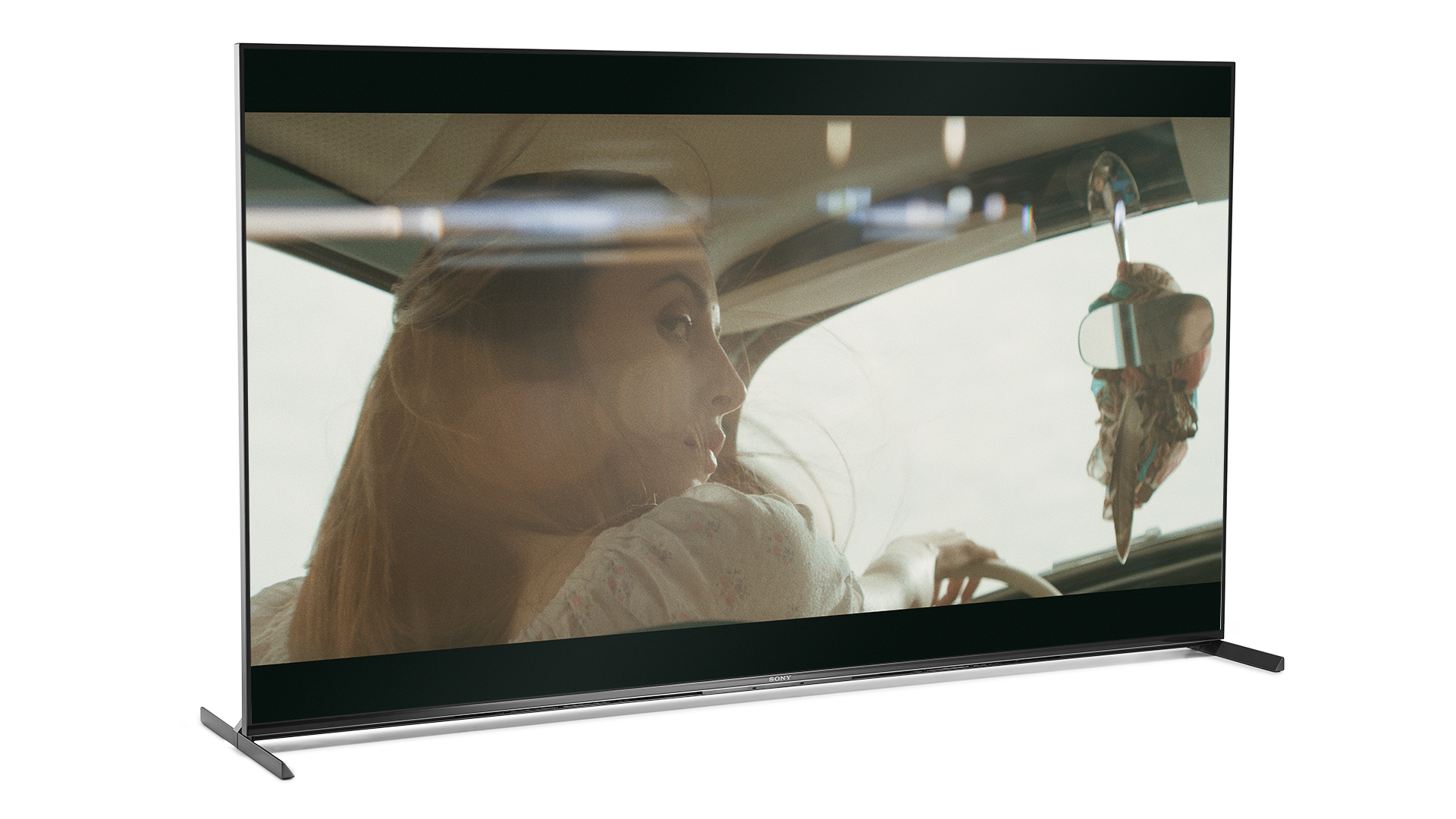
It’s interesting to see during head to head comparisons, too, that while the X95J is bright, it actually doesn’t rival the Samsung QN94A for general or peak brightness – a reversal of the situation we saw during side by side comparisons between the Sony XR-50X90J and Samsung QE50QN90A. This means you’re not getting quite such a dramatic brightness boost from the X95J’s focus on brightness at the expense of backlight clouding as you did with the X90J models.
The X90J’s upscaling of sub-4K content isn’t as sharp or detailed as that of the Samsung 65QN94A, either – though aside from not being as clever at dealing with any noise that might be in a source, some may feel that the X95J’s milder upscaling approach is more consistent and cinematic.
Another issue you may have to worry about if you regularly have to accommodate a large family around the TV is fairly limited viewing angles before backlight blooming starts to really escalate.
One final consequence of Sony’s ‘brightness first’ approach with HDR is that its pictures can clip (lose subtle shading details) in areas of the picture that contain particularly extreme bright highlights.
Sound
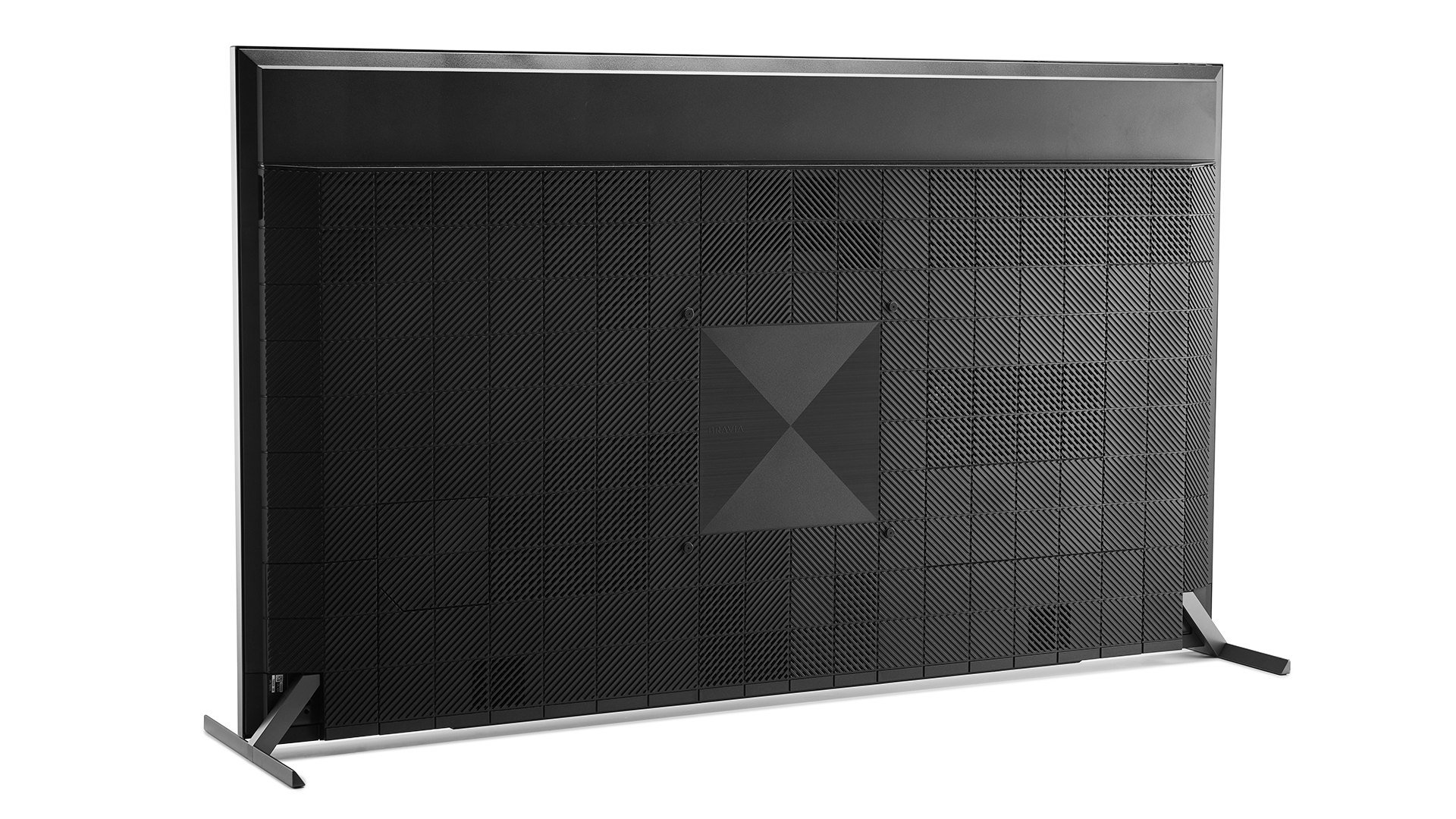
The 50W of sound the XR-65X95J delivers across five channels is put to mostly good use. Clarity and detailing is excellent, with a startlingly open, sensitive and responsive midrange providing a great canvas for the delivery of every last little effect, both ambient and direct, that a sound mix might contain. The effects are placed with impressive positional accuracy, too.
What’s more, the speakers are powerful and well balanced enough to keep all this detailing sounding clear and contextualised even when it appears against the most dense and raucous of soundtrack backdrops. Nothing sounds harsh, compressed or muddy.
There’s enough dynamic range and raw power in the X95J’s audio, too, to ensure that it’s always able to rise to the challenge of anything a film soundtrack might throw at it, delivering an excellent sense of escalation as carefully constructed mixes grow towards a climax.
There’s just enough bass underpinning the presentation to give action scenes a solid sense of scale and heft, and dialogue remains impressively clean and comprehensible at all times.
The only issue with the 65X95J’s sound is that, unusually, it’s more effective with the biggest audio moments than it is when things are subtler, where it actually sounds a bit thin and lightweight. It’s almost as if the X95J needs a good racket to fully wake it up.
Verdict
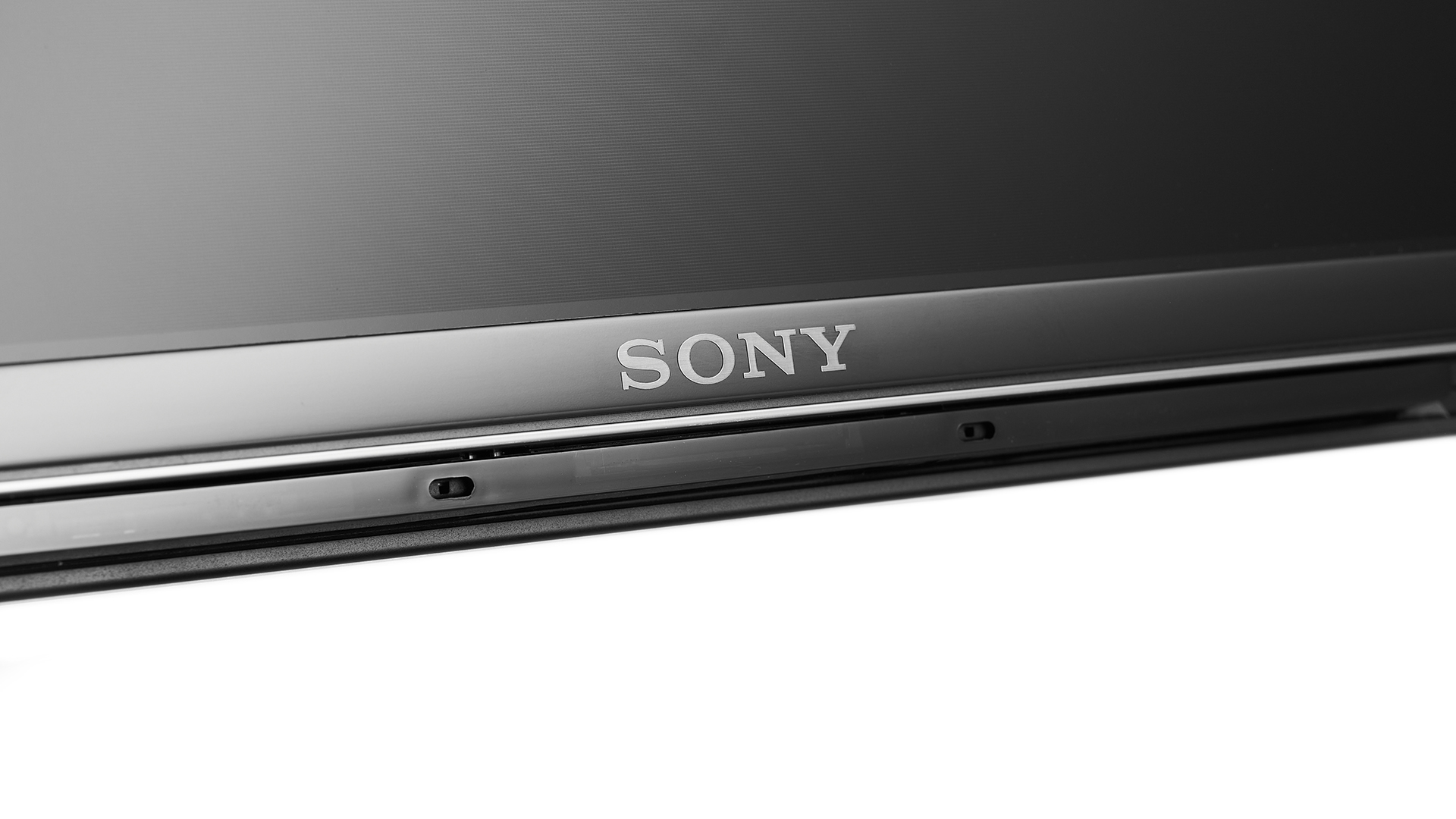
The XR-65X95J’s excellent processing, high brightness and potent colours ensure that it often serves up sumptuous picture quality befitting of both its flagship status and Sony’s TV heritage. There’s a suitably potent sound system to go with all the beautifully bold pictures, too.
The only pity is that the good work is undermined more often than we’d like by backlight blooming. So much so that overall we think Sony’s significantly cheaper X90J TVs deliver a more consistent viewing experience and, as a result, feel like they’re better value.
SCORES
- Picture 4
- Sound 4
- Features 4
MORE:
Also consider the Samsung QE65QN94A
Read our review of the LG OLED65C1
Read our Sony XR-65X90J review
These are the best 65-inch TVs 2021: the best big-screen 4K TVs you can buy
What Hi-Fi?, founded in 1976, is the world's leading independent guide to buying and owning hi-fi and home entertainment products. Our comprehensive tests help you buy the very best for your money, with our advice sections giving you step-by-step information on how to get even more from your music and movies. Everything is tested by our dedicated team of in-house reviewers in our custom-built test rooms in London, Reading and Bath. Our coveted five-star rating and Awards are recognised all over the world as the ultimate seal of approval, so you can buy with absolute confidence.

